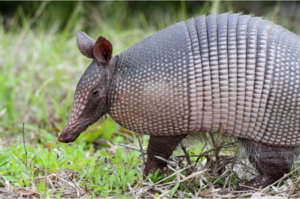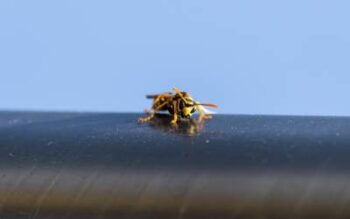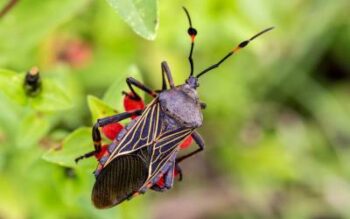 People often think of armadillos living primarily in places like South and Central America, but they are not completely exempt from residing in the states, particularly in Louisiana, Texas, South Carolina, and Florida. The species that are found in our local Louisiana area is the nine-banded armadillo, and this particular species has traveled northward in recent years because of the lack of natural predators. In fact, the nine-banded armadillos are the only species found in the U.S. Therefore, it’s not uncommon for pest control companies to receive phone calls from local residents regarding Louisiana armadillos in or around their homes.
People often think of armadillos living primarily in places like South and Central America, but they are not completely exempt from residing in the states, particularly in Louisiana, Texas, South Carolina, and Florida. The species that are found in our local Louisiana area is the nine-banded armadillo, and this particular species has traveled northward in recent years because of the lack of natural predators. In fact, the nine-banded armadillos are the only species found in the U.S. Therefore, it’s not uncommon for pest control companies to receive phone calls from local residents regarding Louisiana armadillos in or around their homes.
What do Armadillos Look Like?
Armadillos are known for their hard, protective shells. There are approximately 30 species of armadillos, and they are characterized by the number of bands on their shells. On average, they are 30 inches in length; although the giant armadillo grows up to be 59 inches and 130 pounds. The smallest species, called the pink fairy armadillo, is only 5 inches in length. Armadillos may have short legs, but they do travel quickly. They have poor eyesight, which is why they use their other senses to hunt for food. Their sharp claws are perhaps their greatest asset.
What Types of Habitats do Armadillos Live In?
In the wild, armadillos prefer shady, forestry areas that are located next to rivers and lakes. Armadillos get their food from digging in the soil, so they also prefer areas that have loose, wet soil. They dig burrows to reside in and hide from predators, but sometimes, these animals make their homes in residential areas. They’ll burrow under homes, sheds, porches, decks, driveways, woodpiles, and crawlspaces. They look for cracks in the foundation and use these as entry points to burrow underneath the structure. Since armadillos are great diggers with their claws, they make use out of small openings that may go unnoticed by humans.
Are Armadillos Dangerous to Humans and Pets?
If you do have an armadillo that makes its way into your home, it’s important that you treat the problem. These nuisance pests do have sharp claws and will use them against dogs and cats if they feel threatened. They are also known carriers of the bacteria which cause leprosy. In Louisiana, 53 percent of armadillos tested positive for leprosy, which causes skin lesions, muscle weakness, and nerve damage in the animals. Armadillos also carry rabies and are hosts for tapeworms and salmonella.
How Can Ja-Roy Pest Control Help with Armadillo Problems?
While you may be tempted to capture the armadillo on your own, this is not advised. These animals do carry disease and have sharp claws that they will use if they feel threatened. Therefore, it’s best to leave this job up to the professionals.
Ja-Roy Pest Control is trained in the proper methods for safely and humanely trapping and releasing armadillos. Using wildlife exclusion as the humane way of getting rid of these types of pests, we also go to extreme lengths to make sure that no other pests will be getting into your home in the future. We seal up all entry points and also have products that can be used to deter pests from coming onto your property.
Ja-Roy Pest Control uses a variety of techniques to care for an armadillo problem in Louisiana, including live traps. We will relocate the animal as far away from your home as possible, while ensuring that they do not come back. And, if you’re unsure that it’s really an armadillo in the first place, let us come out and identify the animal for you. Sometimes, our clients think that it’s one type of pest invading their home, when really, it may be something else.
Remember, armadillos have unique personalities and carry disease, so you should always work with a professional to rid your home of these creatures to protect yourself and your family.
A Closer Look at Armadillos in Louisiana in Southern Louisiana
Ja-Roy Pest Control Services is a local Pest Control and Extermination company helping homeowners and businesses with pest issues across Southern Louisiana.



